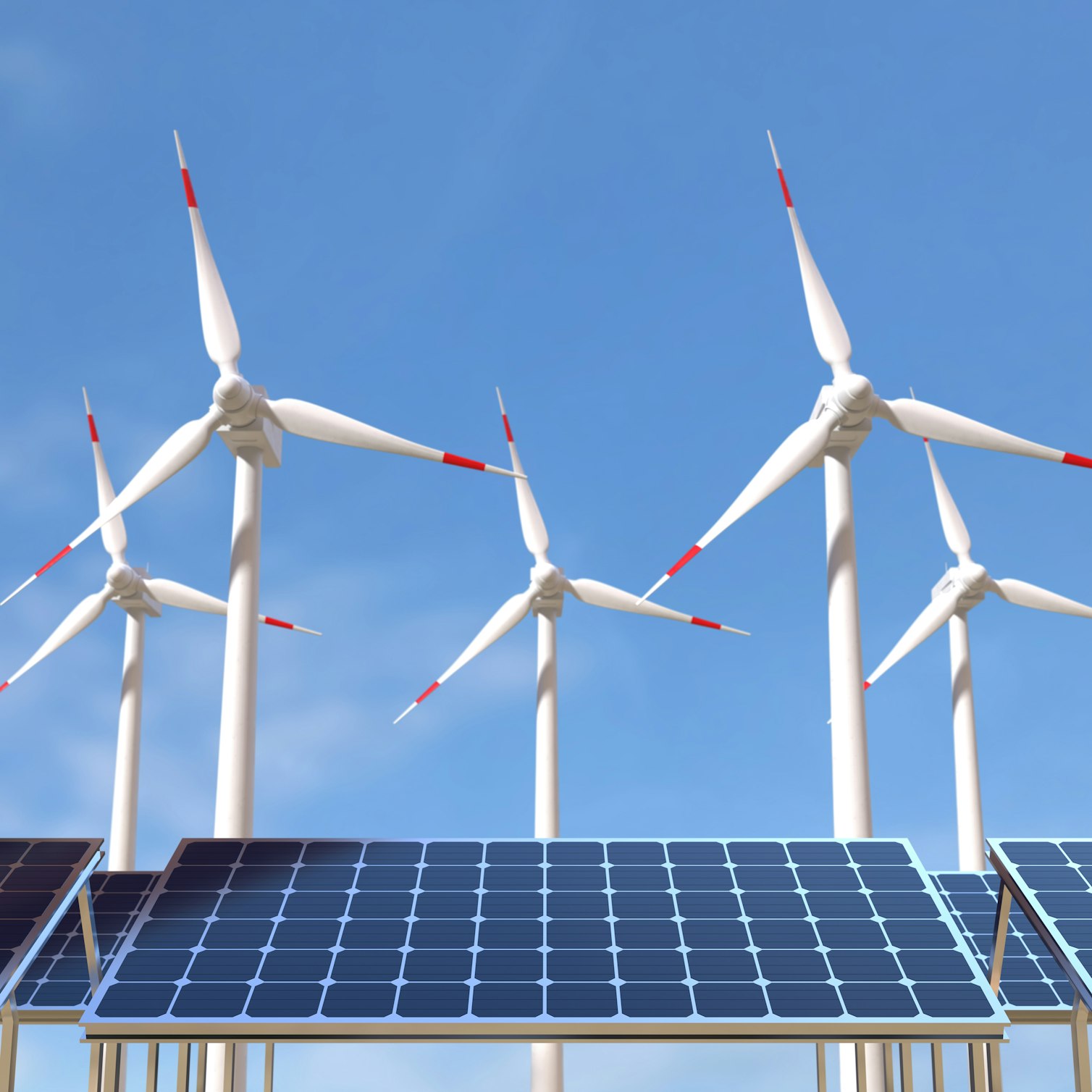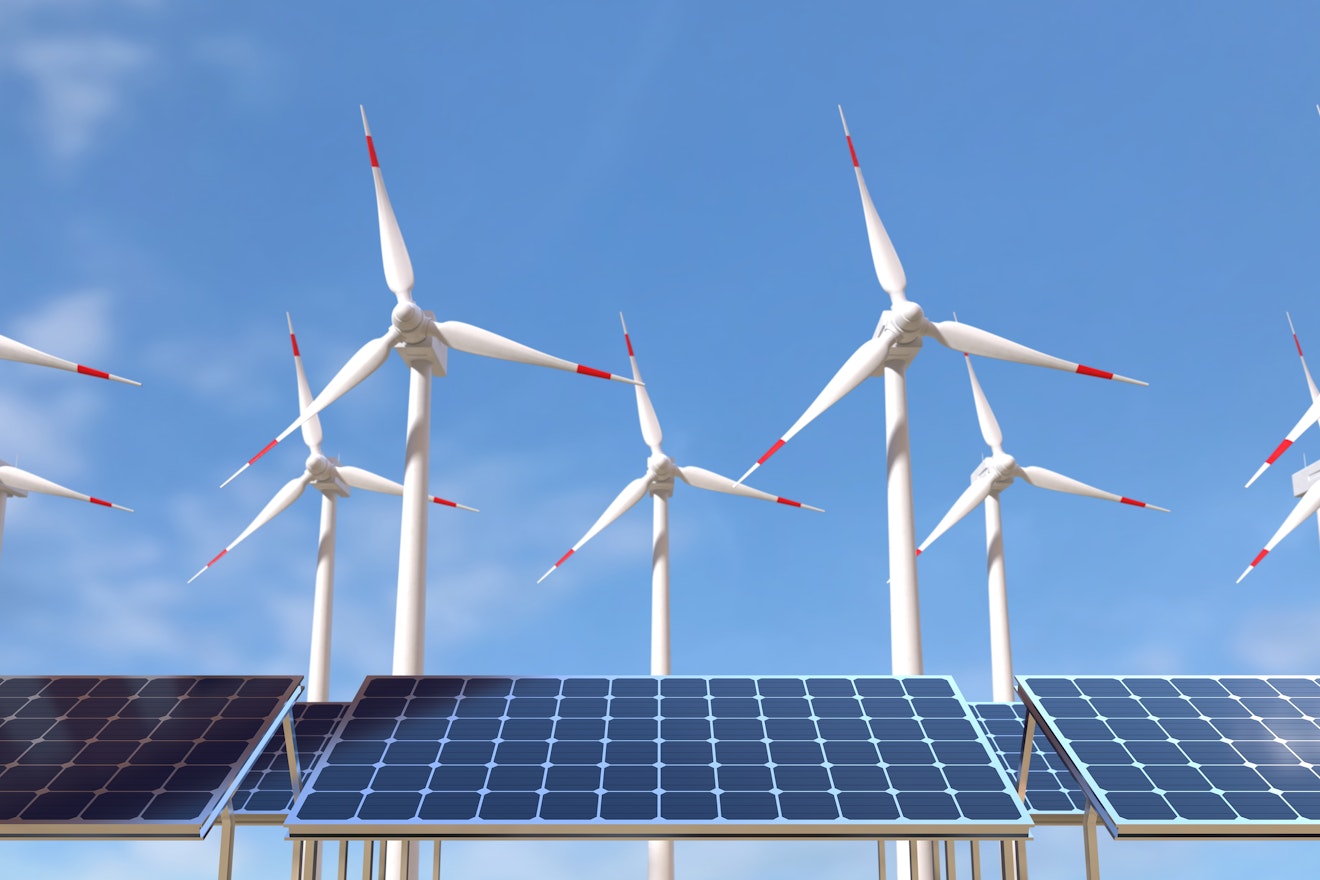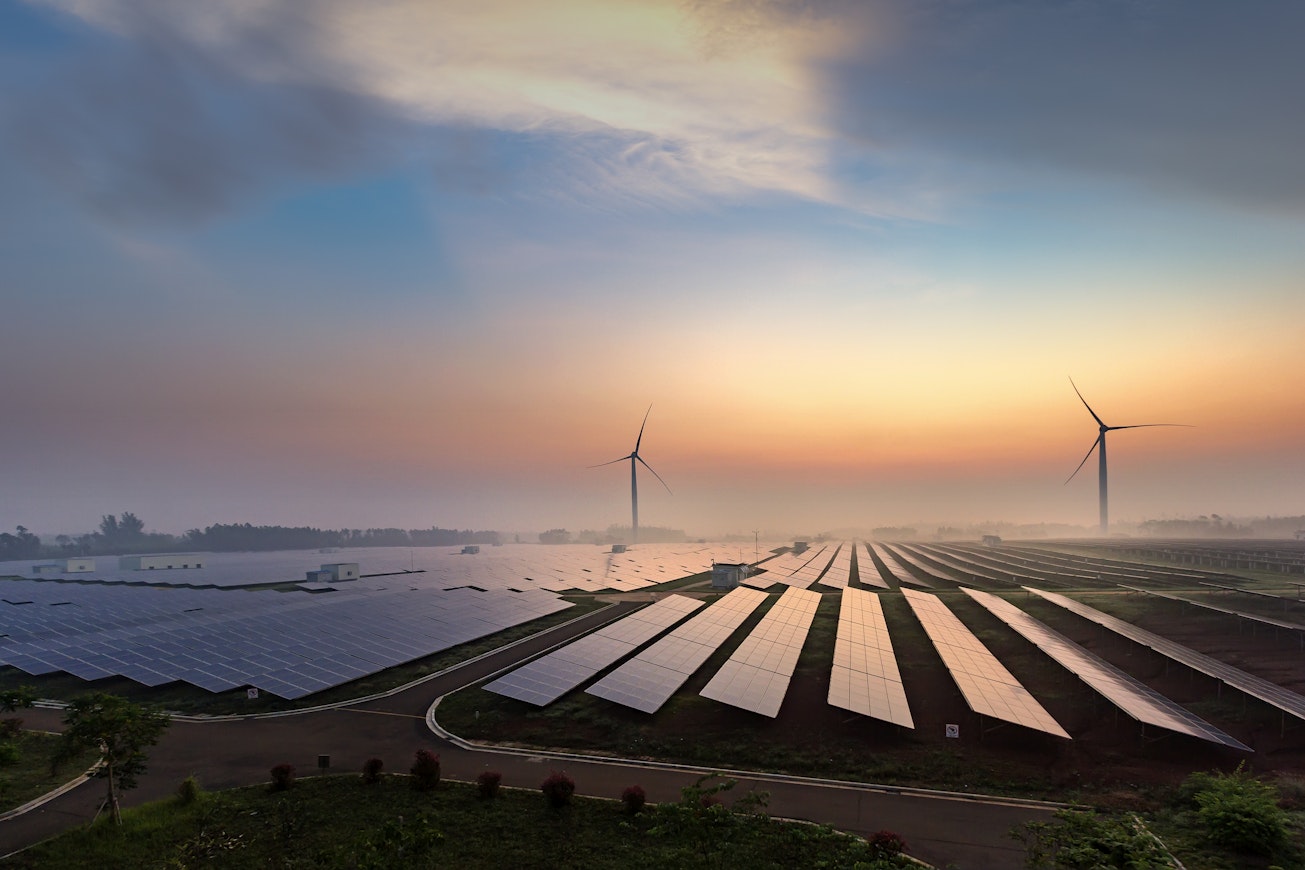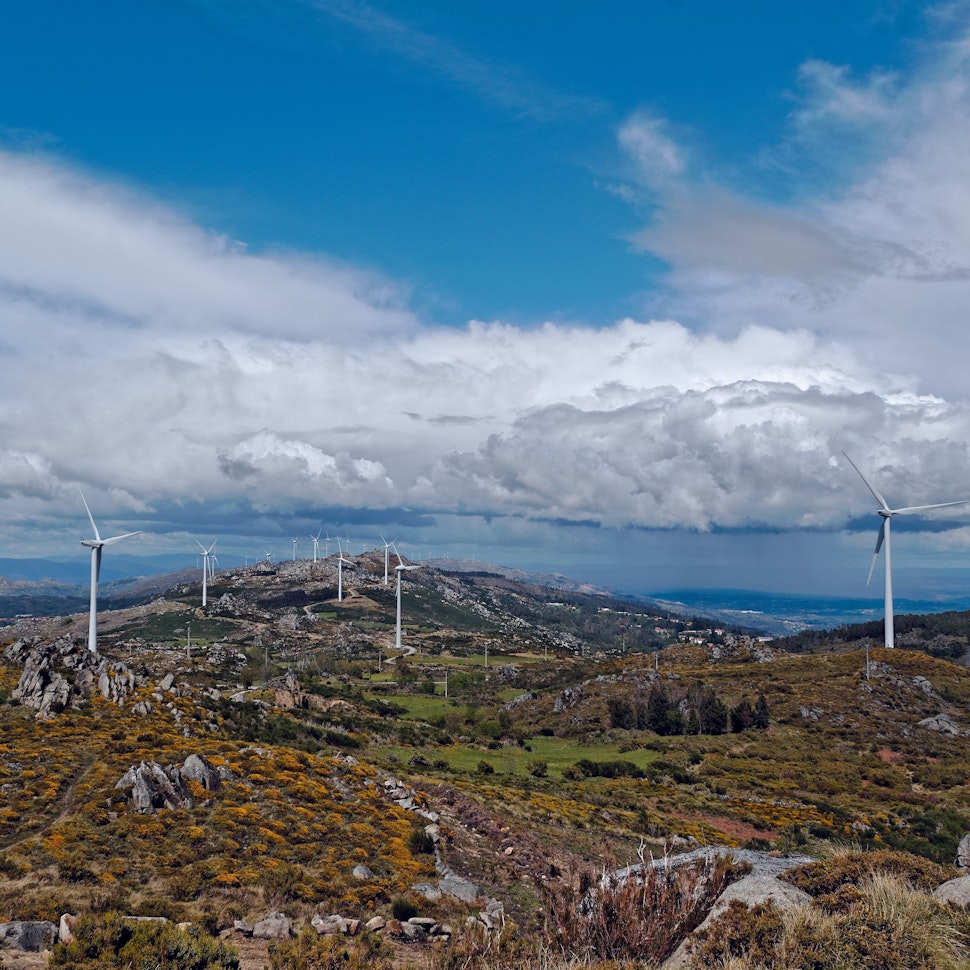- Solar energy blog
- EU legislation revisions aiming to streamline renewables projects
EU legislation revisions aiming to streamline renewables projects
The green energy transition must be supported by thoughtful legislation in order to succeed. Find out how the EU is adapting policy to achieve its green targets.



The transition to green energy is no longer nice to have; it is imperative. With extreme weather events becoming more common, temperature records being broken month after month, and rising sea levels, climate change cannot be ignored.
The need for an overhaul of energy systems towards renewable and green sources is clear, and countries worldwide have been taking steps to decarbonize their energy infrastructure. However, any widespread changes must be supported from the top through legislation.
In this blog, we’ll look at how new legislation in the EU is helping streamline renewable energy projects and push towards a green future.
Learn how utility-scale solar software is driving the evolution of this industry in our eBook: How solar software delivers ROI. Through insightful interviews with customers worldwide, we explore how their workflows have been completely transformed, thanks to the power of intelligent connections across the renewable asset lifecycle.
What are the EU’s climate goals?
After signing the Paris Agreement in 2015, the EU set several climate goals to help achieve the green transition required to combat climate change. But what started as a list of climate goals was updated in 2021 to become the European Climate Law. With this change, member states are now required by law to meet the EU’s climate goals.
Under the European Climate Law, the following two targets have been set for all EU member states:
Net-zero emissions by 2050 — Net-zero is defined as releasing no more emissions than can be absorbed by nature through trees, the ocean, etc.
55% reduction in emissions by 2030 — This is the first step towards achieving net-zero
On top of these targets, member states have committed to spending 30% of the long-term EU budget between 2021-2027 on climate-related projects. Also, in 2021, the EU Adaptation Strategy was approved to help the EU become climate resilient by 2050. Four pillars were agreed upon to safeguard the EU into the future and protect the region from the ongoing effects of climate change. These pillars are:
Smarter adaptation
Faster adaptation
More systemic adaptation
Supporting international action for climate resilience

The Renewable Energy Directive
First introduced in 2009, the EU Renewable Energy Directive was put in place to provide a framework for the increased adoption of renewable energy technologies in the region. The first iteration of the Directive targeted a share of 20% for renewable energy in the EU energy mix by 2020.
The Directive was updated for the first time in 2018, changing the target to 32% renewables share by 2030. Then, in 2021, it was proposed to revise these targets again to aim for a 40% share by 2030, with a further increase recommended a year later.
Revisions to the Renewable Energy Directive
In October 2023, revisions to the Renewable Energy Directive were approved by the EU Council. This newest revision sets a target of a 42.5% renewables share by 2030, with a further 2.5% target. Member states have 18 months to transpose the new targets into national law.
To help ensure these targets are met, the new Directive also sets out goals for different sectors that must be adhered to by member states. These goals are as follows:
Industry
1.6% increase in renewables use per year
A minimum of 42% of hydrogen used must come from renewable sources of non-biological origin by 2030 and 60% by 2050
Transport
Either a minimum share of 29% in final transport energy consumption by 2030
Or a reduction of greenhouse gas intensity in transport of 14.5% by 2030
Buildings
A minimum of 42% share of renewables in buildings by 2030
Increase of 0.8% share of renewables in heating and cooling systems per year to 2026, then 1.1% from 2026-2030
Acceleration of permitting
Renewable projects are often hindered by lengthy and complex permitting procedures that slow the development and implementation of time-sensitive projects.
There is currently around 80 GW of wind capacity that is caught up in permitting procedures, meaning that these projects cannot be implemented and their value realized. With the climate crisis worsening and 2030 drawing closer, there is a real risk that targets will only be met with an overhaul of the system.
Thankfully, the final revisions to the Renewable Energy Directive concern streamlining and accelerating renewable projects’ permitting and approval processes. Several measures have been approved to help expedite these processes and increase the speed at which new renewable energy installations can be deployed.

These revisions follow emergency permitting measures from 2022, recently extended by a further 12 months, which set a two-year maximum for permitting new projects and one year for repowering projects.
The latest revisions tackle the permitting issue from a few different angles. Firstly, solar and wind projects will be defined as “in the overriding public interest.” In essence, this means that the benefits of these projects will outweigh the negative environmental impact unless clearly proven otherwise. This new classification removes much of the red tape around the permitting process, allowing for more rapid deployment.
Secondly, member states must define accelerated deployment areas for solar and wind projects. In these areas, permitting for new projects must be completed within a year for new projects and within six months for repowering projects.
Thirdly, member state governments must digitalize the permitting process. Rather than relying on the slow and outdated paper measures that many permitting processes use, the entire system is set to be digitalized across the EU. This not only increases the velocity of projects but also makes the permitting process more accessible and transparent.
Finally, permitting must apply a “population-based approach” to biodiversity when seeking approval for new projects. This entails ensuring that endangered species are protected at prospective project sites and may apply beyond just project sites to preserve wildlife populations.
With this streamlining of the permitting process for new and existing renewable projects, more can be deployed in a shorter amount of time and for lower costs. With these revisions in place, the EU is well-positioned to achieve its climate goals and reach net zero across the region by 2050.
Read more about the green energy transition on the RatedPower resources page, full of ebooks, reports, webinars, and more!
Latest stories
Related posts
Policy and regulation
How PL 624 and PL 671 will transform Brazil’s solar energy market in 2025
Discover how Brazil's PL 624 and PL 671 bills are reshaping the country's booming solar energy market in 2025—balancing rapid growth with fair grid access and smarter regulations.
Updated 15 JUL, 25

Policy and regulation
Shining a light on the Solar Sunshot Program in Australia
Australia is on a tight deadline to install 28,000 solar panels a day for the next six years to hit its 2030 decarbonization targets — a tall order that hinges on ramping up domestic production.
To this end, the government launched Solar Sunshot, a $1-billion fund to help local PV companies commercialize their products and strengthen the country’s solar supply chains. Let’s explore this initiative and how it might affect the future of Australia’s energy.
Updated 14 JAN, 25

Policy and regulation
A brief history of solar and renewable energy in Spain
Spain’s journey to solar power success didn’t happen overnight. The country took its first steps towards renewable energy with small-scale solar projects in the 1980s, laying the foundation to become one of today’s most prominent solar markets. Thanks to decades of investment and progress, Spain became one of the world’s leading solar energy producers. Let’s look at how it got there in more detail.
Updated 10 DEC, 24

- RatedPower
- Solar energy blog
- EU legislation revisions aiming to streamline renewables projects



